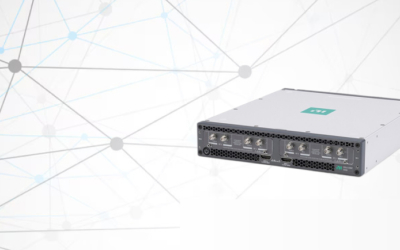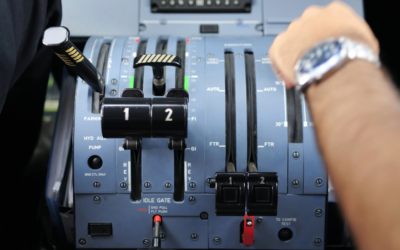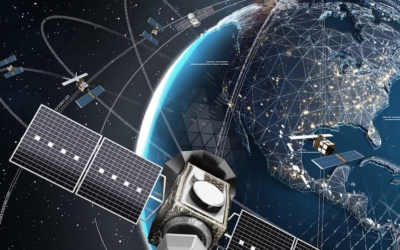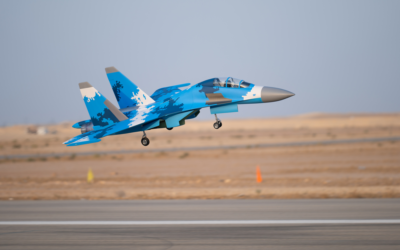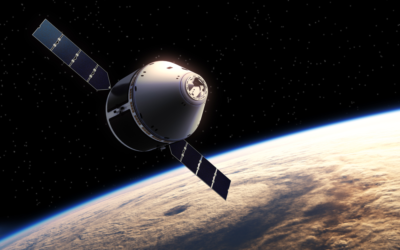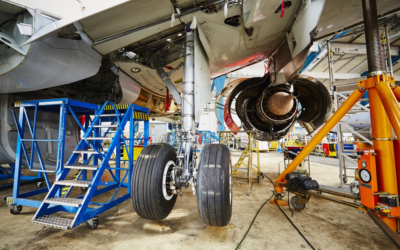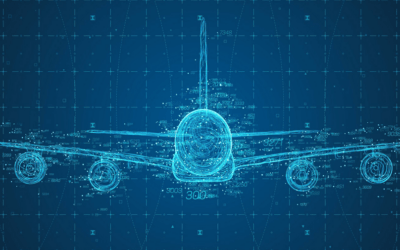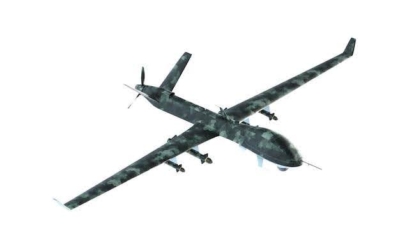Satellites are ubiquitous today, so much so that some satellite constellations can even be seen with the naked eye. We use them for everything from intelligence gathering to weather mapping to navigation. Nevertheless, it might come as a surprise to learn that in...
Blog
Aerospace and Defense
Exploring the Pivotal Role of Software Defined Radios in Military Applications
In modern warfare, communication stands as the backbone of military operations, facilitating seamless coordination, real-time strategy adjustments, and critical decision-making. At the heart of this communication revolution lies the Software Defined Radio (SDR)...
Navigating the Skies: Advances in Aerospace Navigation and Surveillance
Recent conflicts have illustrated the immense value of autonomous aircraft in combat. Civilian tragedies like the disappearance of MH370 likewise underscore the need for better aerospace navigation and surveillance systems. Regardless of the application, the...
Next-Generation Satellite Communication Systems for Aerospace Applications: A Comprehensive Overview
Aerospace & Defense, Aerospace and Defense
Introduction to Next-Generation Satellite Communication Systems Next-generation satellite communication systems represent a significant leap forward from their predecessors, offering higher data rates, improved security measures, and increased bandwidth. These...
Saudi Arabia’s Aerospace Manufacturing Sector: Emerging Trends and Opportunities
Aerospace and Defense, Digital Manufacturing
Saudi Arabia has steadily been developing its domestic aerospace industry capabilities as part of a greater effort to diversify its economy away from fossil fuels. This transition presents many opportunities for companies, both domestic and international. Major...
Exploring the Frontier of Artificial Intelligence in Aerospace Manufacturing
Aerospace and Defense, Digital Manufacturing
Artificial intelligence transformed seemingly overnight. What was once a science fiction trope has become a reality in less than a calendar year. Since the launch of generative AI tools, companies have adapted AI models to perform increasingly specific functions for...
The Impact of IoT on Aerospace Manufacturing
Aerospace and Defense, All Content, Digital Manufacturing
The Internet of Things, or IoT, is a new technology that has immense potential for the manufacturing industry. The more complex the sector, the more it can benefit from IoT. The aerospace industry, therefore, stands to benefit greatly from implementing IoT devices...
IoT in Aerospace
Aerospace and Defense, All Content, Digital Manufacturing
The ever-increasing adoption of the Internet of Things (IoT) is expected to deliver Industry 4.0 by revolutionizing transportation, manufacturing, and other sectors. According to Allied Market Research, the IoT transportation global market is growing at a CAGR of...
The Role of Cybersecurity in Aerospace Manufacturing
Industrial companies have often lagged behind when it comes to cybersecurity. Older industrial operations primarily relied on manual or analog control that didn't expose operations to cyber risks. However, for a modern aerospace manufacturing business to be...
Top Technology Trends in Aerospace and Defense for 2024
In the ever-evolving landscape of the aerospace and defense industry, staying ahead of technological advancements is crucial for organizations to remain competitive. By embracing emerging technologies, aerospace and defense companies can transform their operations and...
Predictive Maintenance Solutions in Aerospace Manufacturing
Aerospace and Defense, All Content, Digital Manufacturing
The aerospace manufacturing industry in Saudi Arabia is set to soar, thanks to an increased focus on domestic manufacturing. However, as investment in the sector increases, so too does competition. One way that you can make your company more productive, efficient, and...
The Role of Big Data in Aerospace Manufacturing
Aerospace and Defense, All Content, Digital Manufacturing
The aerospace manufacturing industry is in the middle of a massive boom. With advancements in aerospace materials and technology, both governments and private aerospace manufacturers alike are looking to update and upgrade their equipment. In addition, the increased presence of private businesses in space means more opportunities for aerospace companies on the ground. To remain competitive in this changing landscape, aerospace companies need to embrace big data to drive their operations. Consider three key areas where data delivers results.


